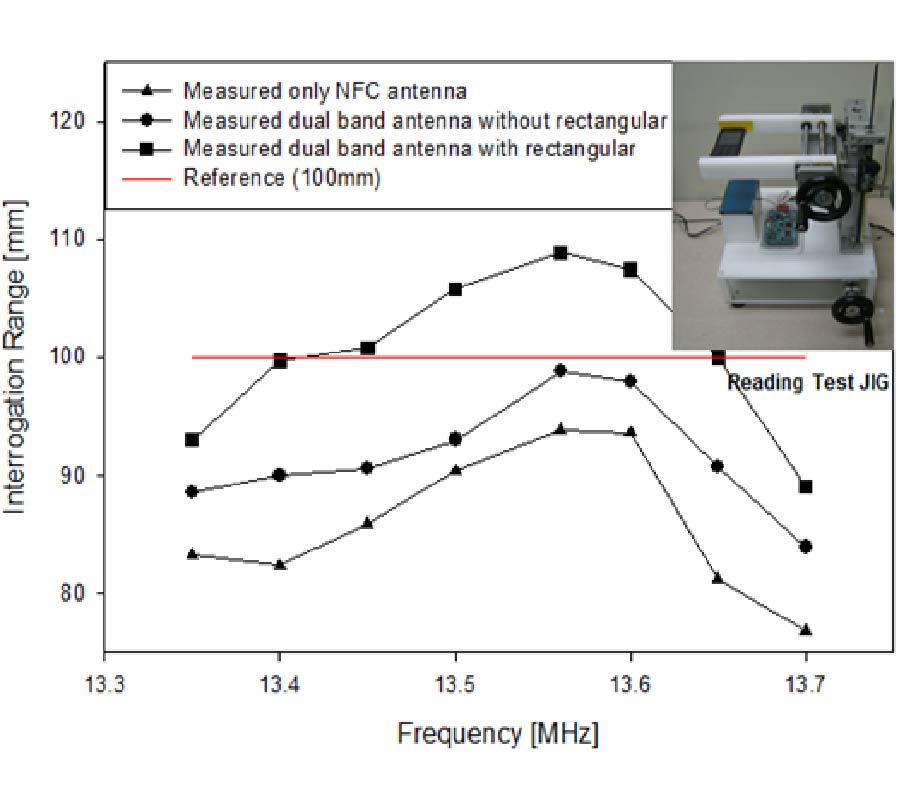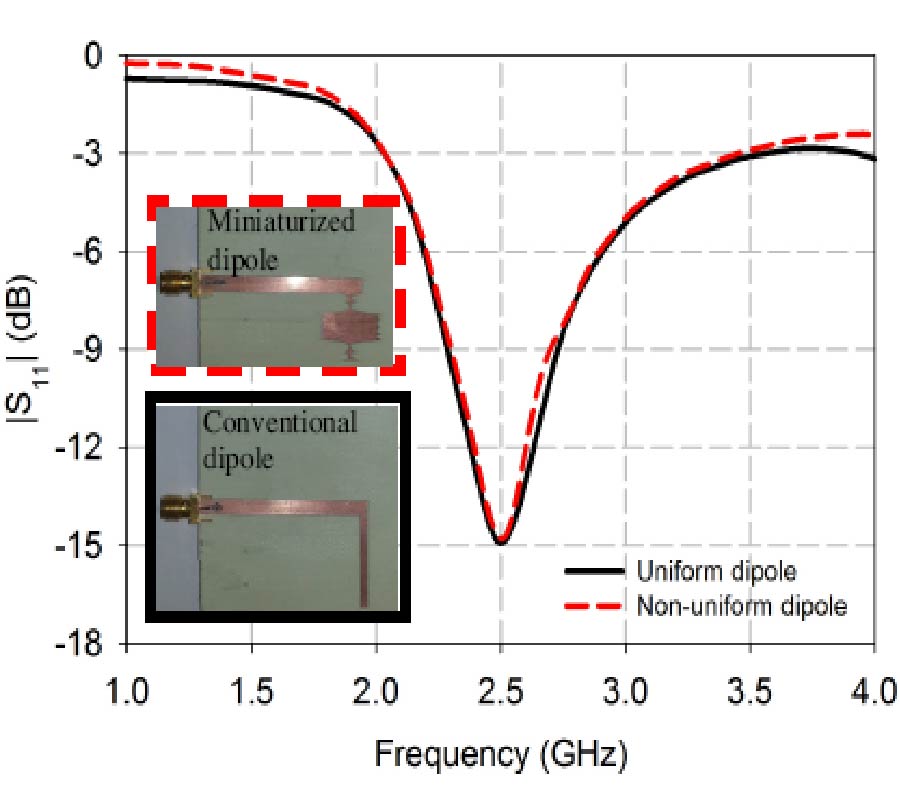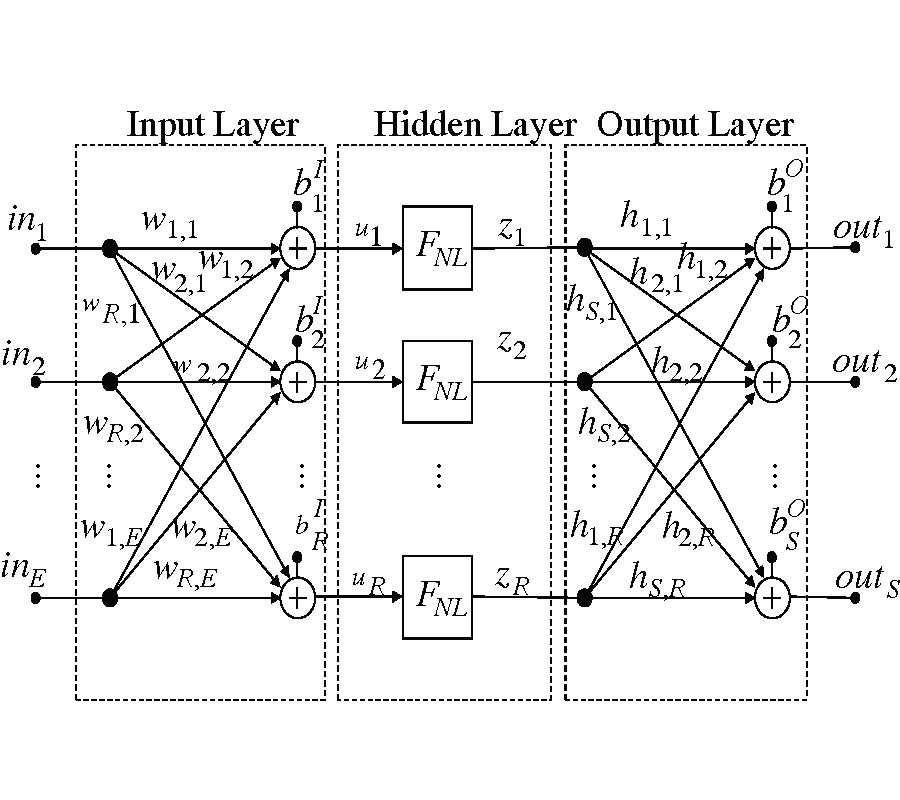Dual-Band Substrate Integrated Waveguide Resonator Based on Sierpinski Carpet
Michele A. Chiapperino,
Onofrio Losito,
Tiziana Castellano,
Giuseppe Venanzoni,
Luciano Mescia,
Giacomo Angeloni,
Chiara Renghini,
Pasquale Carta,
Onofrio Losito and
Francesco Prudenzano
In this paper, a dual-band Substrate Integrated Waveguide (SIW) resonator with Sierpinski fractal geometry is proposed. The space-filling property of the employed fractal shape allows to reduce the resonator size. The bandwidth, the minimum insertion loss, the maximum return loss and the stop band rejection are considered for evaluating the effect of the fractal geometry on the resonator characteristics. An accurate electromagnetic investigation is made using a full wave finite element method solver (Ansoft HFSS). Simulated and measured results are in good agreement. The second iteration fractal resonator exhibits two simulated bands centered at the frequencies f1=11.57 GHz and f2=25.7 GHz, while the measured frequencies are f1=11.33 GHz, f2=23.67 GHz. The measured bandwidths are BW=1.15 GHz and BW=2 GHz and the minimum insertion losses are close to -1.36 dB and -1.97 dB, respectively. The prototypes of the square resonator without, with first and with second iteration fractal geometry are fabricated via standard printed circuit board process (PCB). A Rogers Duroid 5880 substrate with thickness t=0.381 mm is employed.



















